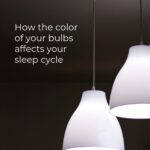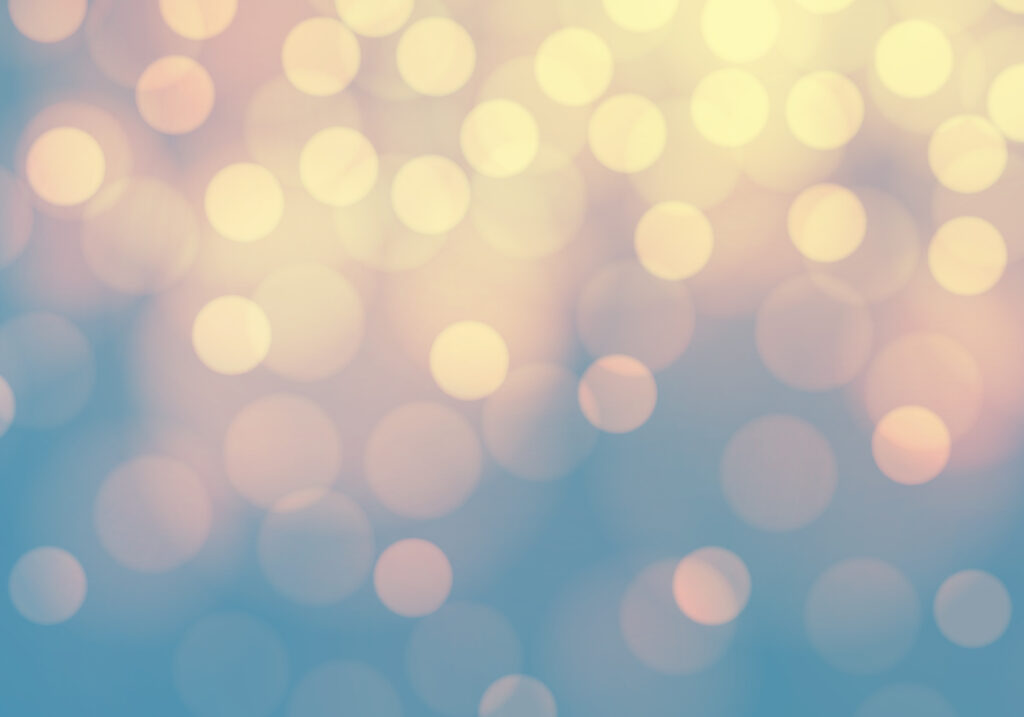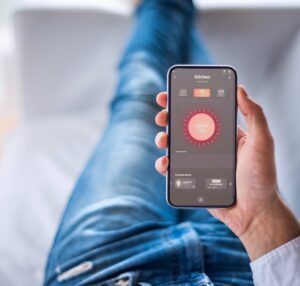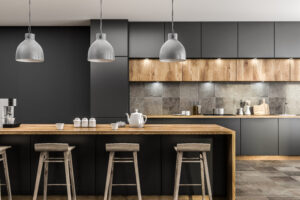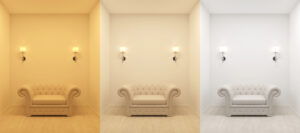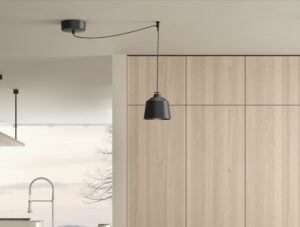How Light & Color Temperature Can Affect Your Circadian Rhythms & Sleep Cycles
Though largely overlooked, light has a profound impact on our health and well-being. The light we are exposed to on a daily basis has an enormous influence on our energy levels, sleep cycles, and even our physical health. Even those of us who live healthy lifestyles oftentimes neglect to consider the effects of the light in our day to day environments.
As technology advances allow greater control over lighting, more and more people are beginning to recognize how lighting affects both mood and focus and are taking the initiative to design lighting systems that are more responsive to natural internal cycles, known as circadian rhythms.
Circadian rhythms, our natural body clock
Our circadian rhythms are our natural body clocks, helping us moderate our energy over the course of the day. Outside stimuli such as darkness and light lead the brain to release hormones that regulate body temperature and metabolism as well as mental alertness or restfulness.
Circadian rhythms are innate to all living beings. Human circadian rhythms have always responded to changing environmental light, dating back to the prehistoric era. However, unlike our ancestors, humans today spend the majority of their lives indoors and rely primarily on artificial sources of light. These dramatically transformed lighting environments have deeply impacted our relationship to the natural light cycle of the sun and in turn, disrupted most people’s circadian rhythms.
How do circadian rhythms affect sleep?
Circadian rhythms are connected to the production and release of hormones like melatonin, which makes you sleepy, and cortisol, which increases alertness. The body senses when to release these hormones based on the surrounding light. For millennia, the only light source powerful enough to affect circadian rhythms was the 24-hour diurnal/nocturnal path of the sun. Today’s lights are powerful enough to change that. A 2019 report by the University of Basel reported that the artificial light found in most living and working environments altered circadian rhythms and, in turn, sleep cycles.
The color temperature of light greatly affects the brain’s response to it. Light on the brighter, bluer side of the spectrum blocks melatonin, decreasing relaxation and encouraging focus, while lights on the softer, yellower end of the spectrum encourage melatonin to flow. A 2020 Harvard study found that exposure to blue light at night significantly decreased the brain’s production of melatonin. While much attention has been paid to the effects of blue light emitted from screens and devices, this study supports the hypothesis that the blue light in indoor lighting fixtures can suppress melatonin to an equal extent. Even your night-light can keep you awake if the bulb is too blue!
How can I use lighting to help regulate my circadian rhythm?
The good news is that new advances in contemporary lighting make it possible to design a lighting system for your home and workspace that aligns indoor lighting with your natural circadian cycle. Some LED bulbs provide unprecedented control in setting the ideal light for your space – and the ability to change it repeatedly throughout the day.
In both homes and commercial spaces, many have embraced “circadian lighting,” in which LED lights are programmed to change in color and brightness over the course of the day, encouraging focus with bluish lights during daylight hours and promoting restfulness with yellowish lights in the evening. Thanks to programmable LED lights, it seems likely that this burgeoning lighting trend will soon become the norm, supporting regular sleep schedules and restoring our circadian rhythms to their natural order.
